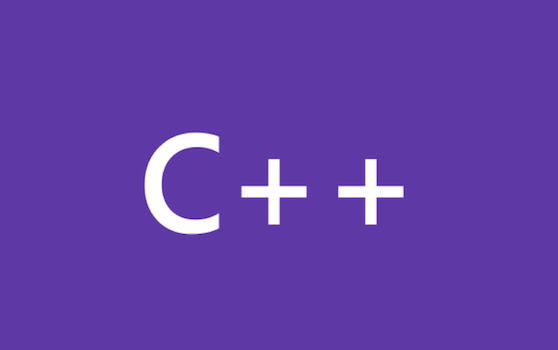C++ Team Blog
The latest in C++, Visual Studio, VS Code, and vcpkg from the MSFT C++ team
Latest posts

Friday Miscellany #1
Some links for your consideration. Have ideas for future Miscellany posts? Drop me an email (ebattali@microsoft.com), share on our Visual C++ Facebook page, or leave a comment below. Thanks!

Native Development Experience in Windows Embedded Compact 2013
In windows embedded compact 2013, we are updating the native developer experience to the latest and greatest experience available via Visual Studio 2012. With this update, we are essentially bringing 2012 native desktop experience to embedded developers. This post details some of the key updates to the experience. Run time updates We are porting Visual C++ 11 runtime to run on the Windows Embedded Compact operating system. The new runtime includes improved support for C++ 11 standard features such as new STL headers, rvalue references, auto, lambdas and range-based for-loop. These allows developers to write safer...

Top 11 Reasons to Visit the Hilo Docs in the MSDN Library
Top 11 reasons to vist Developing an end-to-end Windows Store app using C++ and XAML: Hilo (Windows): And the number one reason? If you have ideas for future top 11's, share it on Facebook, Twitter or the comments below.*edited 11/13/2012, fixed the link to the article (https://aka.ms/hilocpp-doc).

Good Stuff on Channel 9
Looking for the C++ Good Stuff? Have you visited Channel 9 lately? And in case you missed it: *spoiler,marketing*Do you like Visual C++? Like us on Facebook (and post something)!Thanks!

Announcing November CTP of the C++ compiler, now with more C++11
On February at the Going Native conference, we promised to work on implementing more parts of the C++11 standard. We also made a commitment to progressively roll out these features on a faster cadence through out-of-band releases such as CTPs (customer technology previews).We delivered!Today at Build 2012, Herb Sutter announced that we’re following through on our commitment by shipping the first batch of new C++11 features in the November 2012 Compiler CTP. Herb also announced that more information about the next batch of C++11 features would be coming in the first half of 2013.The November 2012 CTP re...

November CTP, isocpp.org, Standard C++ Foundations Announced Today
November 2, 12:45pm PDT C++ use and investment continues to grow strongly in all parts of the software industry, and broadly across all major industries. As Herb Sutter said, more than ever “Microsoft is built on C++, and the world runs on C++.” At the same time, programmers now need to be educated that C++ is not the same language it was in the past; with the new C++11 standard that contains major updates, modern C++ code is cleaner and more powerful than ever. As C++’s creator Bjarne Stroustrup notes, “C++11 feels like a new language.” Today in a “The Future of C++” session at Build, Microsoft made a num...

BUILD: Wednesday Update
C++ is alive at Build 2012! Developers have been filling the C++ sessions and getting tips, tricks, insights and example code from the experts. But you don't have to take our word -- sessions from Tuesday are available online: And if you have 90 seconds, catch this quick chat with Herb Sutter: [View:https://www.youtube.com/watch?feature=player_embedded&v=VWf01ECulHM] Visit C++ at Build 2012 for the larger list of sessions/summaries.

Project Austin Part 6 of 6: Storage
Hi, my name is George Mileka. I’m a developer on the C++ Libraries team. I have been working on the Project Code Name Austin for many months with Jorge, Eric, and Alan. To learn more about what the Project Code Name Austin is, you can read this great post by Jorge Pereira. For Project Austin, we have used ESE (Extensible Storage Engine) as the storage engine. In this blog post, I will explain why we chose ESE, how ESE works, and finally what abstractions we have created around it for our own use. Why use ESE? When we started thinking about how to store the pages, the strokes, and the photos in the notebook,...

C++ at BUILD 2012
Experience the Build conference on Channel 9 and learn how to build fierce Windows 8 apps using C++ from the experts: If you are at Build, try to catch a few of these sessions. If you were unable to make Build, watch Channel 9 for session videos. On the social front, like Visual C++ (Visual CPP) on Facebook and follow Visual C++ on Twitter! As always, we look forward to your comments, suggestions and other feedback!
